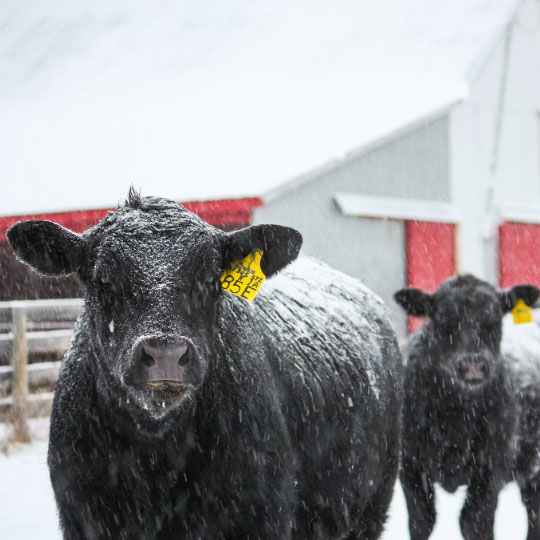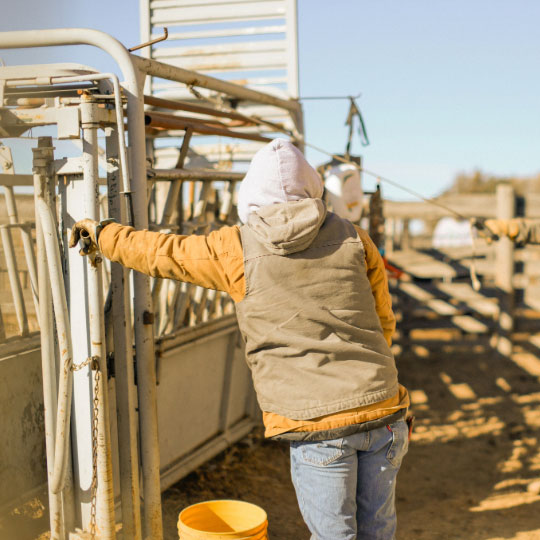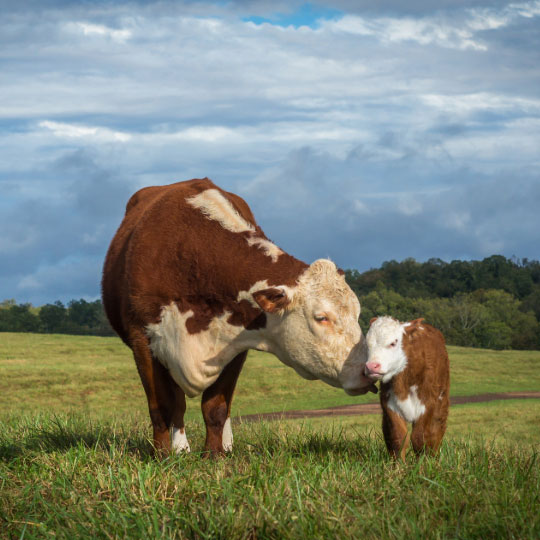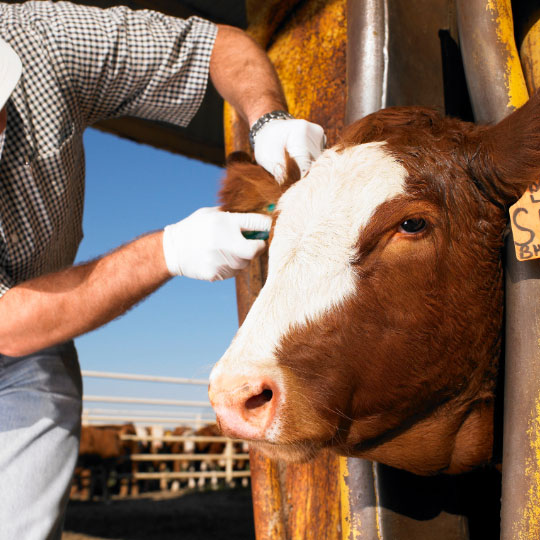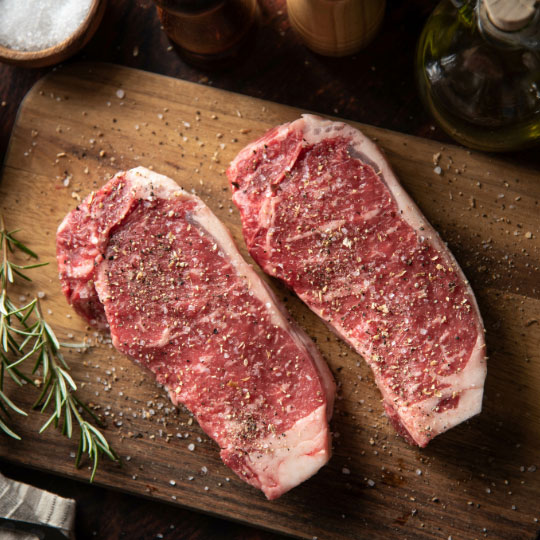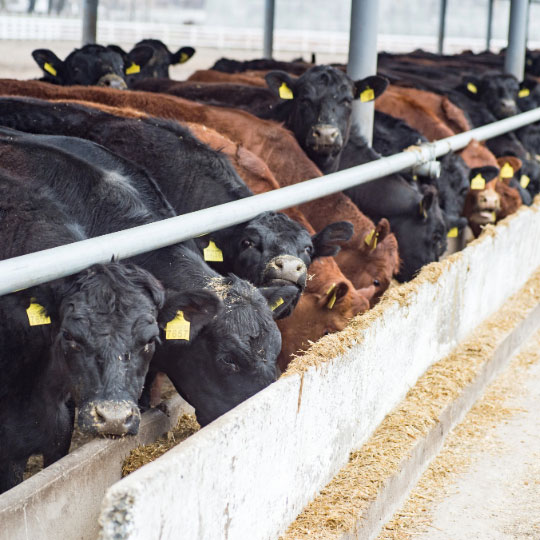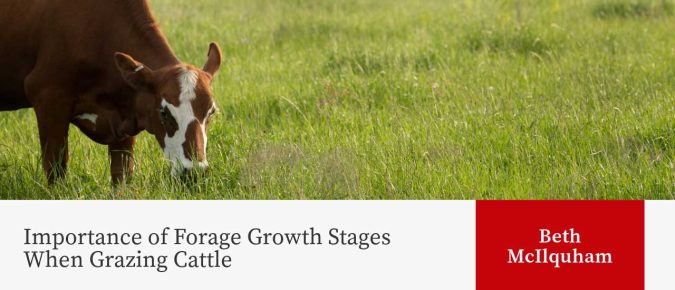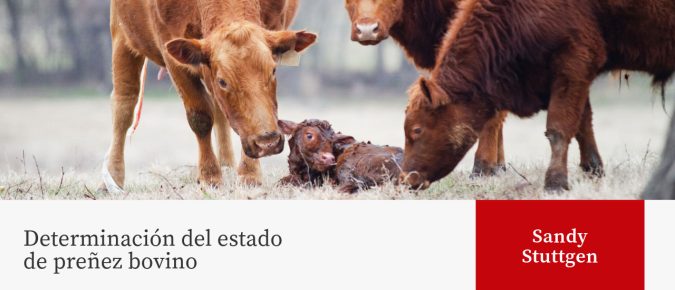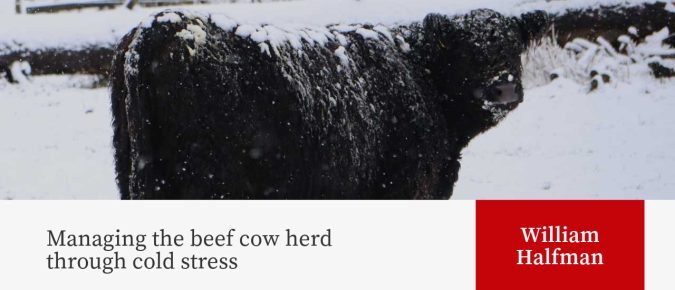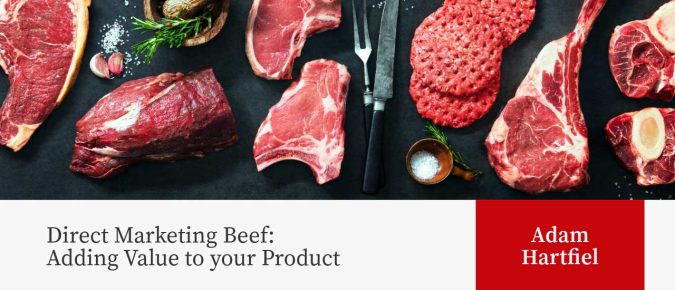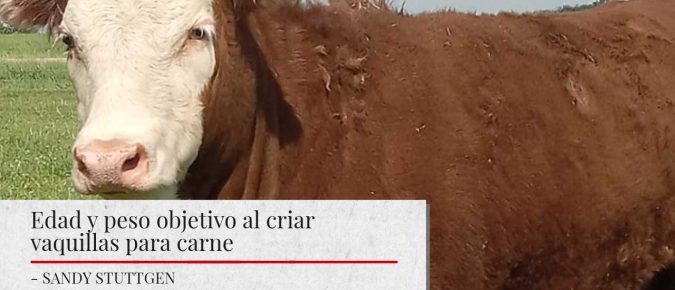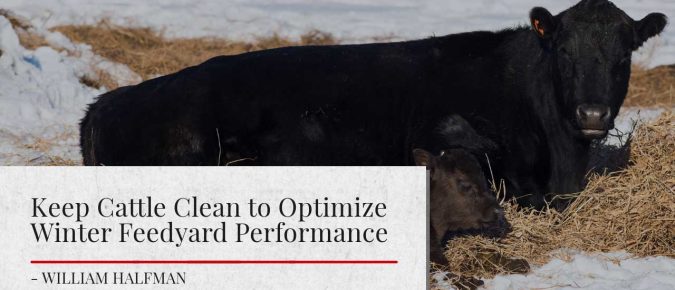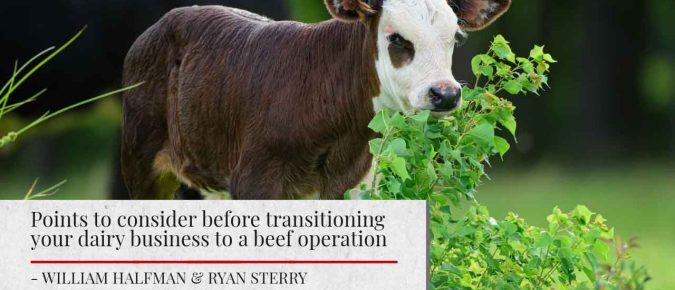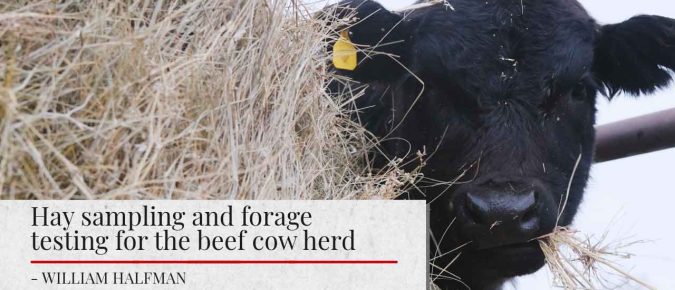Grazing cattle sounds so simple. The forage grows, the cattle eat the forage, and it all ends with a “happily ever after.” Unfortunately, it’s not as simple as it sounds. To maximize cattle performance while grazing, producers must pay attention to the forage itself and how it can affect the grazing animals.
In 2023, a grazing farmer network in northwestern Wisconsin was asked to identify the greatest needs for research. At the top of their list was the practice of winter bale grazing. We designed a research project that sought to answer some of their questions about the practice.
Mantener un programa reproductivo exitoso en nuestra moderna operación lechera y de carne requiere dedicación. Si bien es gratificante escuchar un anuncio de preñez, no hay mucho que el encargado pueda hacer con esa información. Excepto esperar.
The University of Nebraska has a valuable article addressing important considerations for meeting beef cow needs during cold spells.
Finding a way to add extra value to your product may take more time and effort, but in the long run it may lead to a sustainable and profitable option for your beef operation.
Para mantener su tamaño, la tasa de reemplazo anual de un hato para carne por lo general es igual a la cantidad de vacas que salen anualmente debido a la
muerte, a su comercialización o su sacrificio. Se ha sugerido una tasa de reemplazo típica del 15 % (Thomas). Entonces, para el hato promedio de vacas y becerros de Wisconsin con 25 vacas, se necesitan cuatro reemplazos por año. Los productores deben decidir entonces si adquirir reemplazos o criar sus propias vaquillas es lo mejor para sus operaciones.
As we begin to make our way through winter, it is important to remember that cattle with a clean open hair coat with shelter from wind are less impacted by cold stress than those with dirty, matted, and/or wet hair coats and those exposed to the wind.
Creating beef-on-dairy calves can add additional revenue to your dairy operation, but if considering transitioning from a dairy operation to beef enterprise, there are several points to consider.
Getting hay harvested in a timely manner has been troublesome this year, resulting in an abundance of poor-quality forage.
To optimize cow productivity, evaluating nutrient levels in winter feed for cows is necessary.

